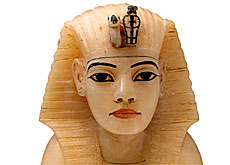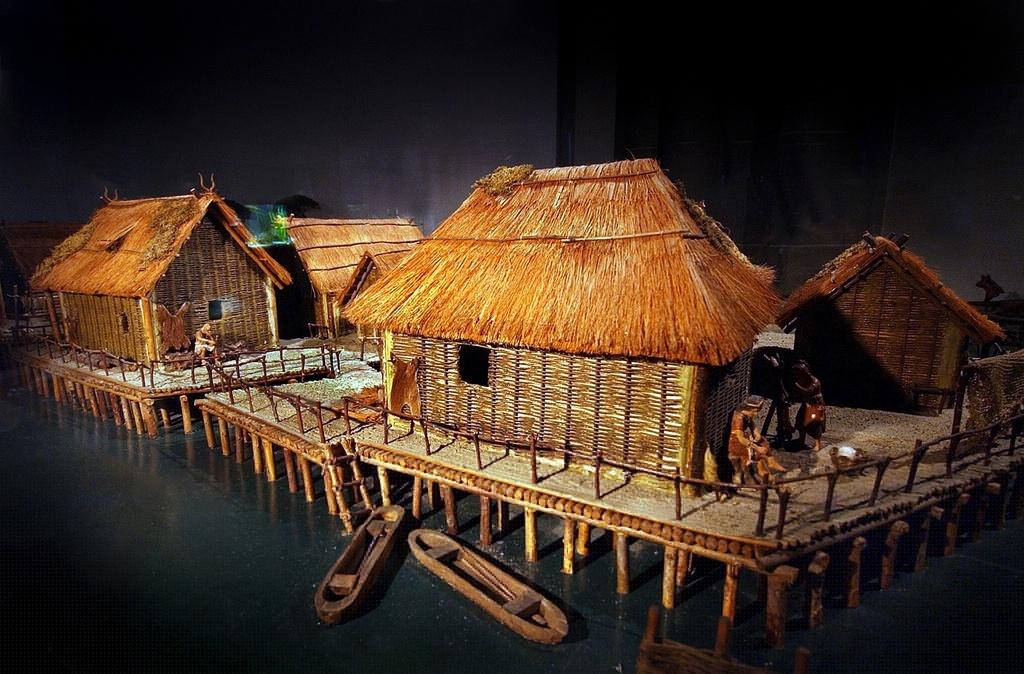Swiss help restore Egyptian tomb

Swiss experts are helping restore the Osireion – one of the most important burial sites of ancient Egypt, which is crumbling away with time.
The 4,500-year-old Osireion was a place of pilgrimage for the ancient Egyptians, who went there to worship King Osiris – the father of pharaonic culture- who they believed was buried there.
Theo Abt, who lectures at the Federal Institute of Technology in Zurich, says that despite the tomb’s importance, the site has been allowed to fall into a “shocking” state of decay.
It was Abt who came up with the idea for the restoration project involving geologists and construction engineers from universities and technical colleges in canton Bern.
The tomb of Osiris is in the Nile Valley, around 560 kilometres south of Cairo and 120 kilometres north of Luxor. The site is as wide as a football field, almost twice as long and divided into numerous chambers.
An important part of the site is a subterranean chamber that connects with the river Nile. Within it is a kind of island which was flooded when the Nile waters rose. The island was meant to symbolise life, which no flood can totally wipe out.
Rising water levels
Water traditionally played an important part in ancient Egyptian worship, but has now become part of the tomb’s problem. The island is no longer periodically flooded, it is constantly under water.
“A pile of stones in a water hole,” is how Bernese geology professor Christian Schlüchter describes the appearance of the chamber, which once symbolised life. The water level has risen not just within the tomb but throughout the Nile Valley.
Schlüchter says that assumptions the rise is due to the damming of the river have not been proven. Researchers at Bern University are investigating the possible causes.
The stones are gradually disintegrating because the heat of the sun causes water to rise up through the stones and evaporate, leaving behind salts which crystallise.
Restoration
Students at the technical college of architecture, construction and wood in the town of Burgdorf have come up with four separate proposals for the site, which would at the very least prevent any further deterioration.
Their preferred option – and the most expensive – would ensure the long-term preservation of the monument. It would entail the removal of all the stones, the sealing of the floor and replacement of some stones. The tomb would then be rebuilt exactly as before.
The aim is to remain as true as possible to the original and allow public access to the memorial. The periodic flooding of the tomb, which was part of the original design, would be a feature of the rebuilt tomb too.
It is up to the Egyptian authorities to decide which of the four proposals is adopted.
swissinfo, Antoinette Schwab
The Osireion is situated in Abydos in the Nile Valley, around 560km south of Cairo and 120km north of Luxor.
It was built 4,500 years ago and rediscovered during excavations in 1902.
The ancient Egyptians worshipped the god Osiris here, the father of pharaonic culture.
Nearby are the temples of Ramses II und Sethos I.
The Osireion is one of Egypt’s oldest sites of worship.
It is at risk of collapse because of rising ground water.
Geologists from Bern University and construction engineers from a technical college in Burgdorf, canton Bern, have examined the monument and come up with proposals for restoring it.

In compliance with the JTI standards
More: SWI swissinfo.ch certified by the Journalism Trust Initiative


You can find an overview of ongoing debates with our journalists here . Please join us!
If you want to start a conversation about a topic raised in this article or want to report factual errors, email us at english@swissinfo.ch.